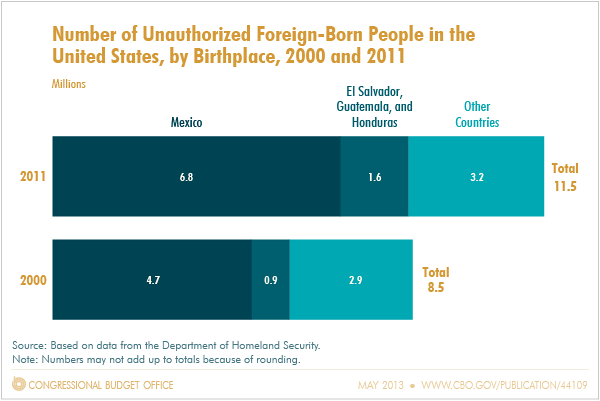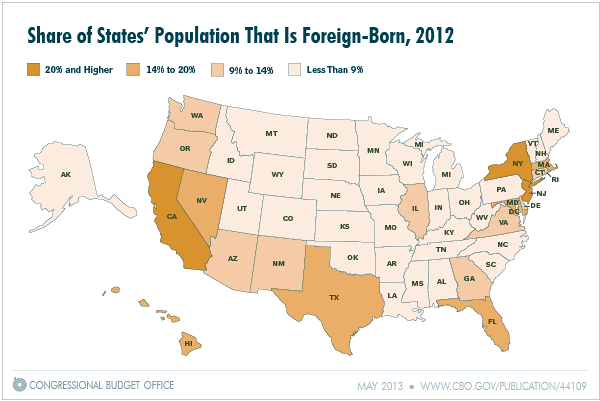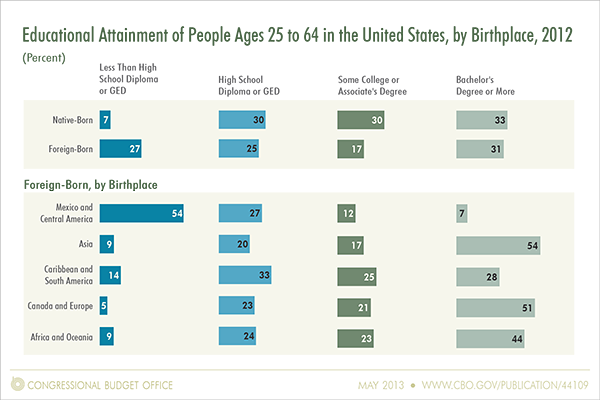Buyers spend a lot of time looking at properties online, touring homes on the Sunday open house circuit, and talking to their real estate agent. They’re laser-focused on finding the best home that meets their needs. The problem is, buyers sometimes don’t take the long view of a property. They’re only looking at a home as a potential buyer — and not as someone who, years down the road, may also have to sell the property. Given that homes are such a big investment, there should be a little inside your head, picking away at your options and decisions.
As the home buying market starts to heat up again, here are ten things you should consider when choosing your next home.
1. Location, location, location
Perhaps nothing is more important than the three L’s, and there’s a reason why it’s said three times.
Location is extremely important when it comes time to sell. You can have the worst house in the world with the ugliest kitchen and bath. But put it on a great block or in a good school district, and your home will be coveted.
Location location location matters on so many different levels. At the highest level is the town where the house is located, then the school district, then the neighborhood and the block — right down to the location of the lot on the block. Keep all of this in mind when shopping. Also remember that while real estate markets rise and fall, no one can take a great location away from you.
2. The school district
The school district is right up there on the list of what’s most important to many buyers. It’s not uncommon for buyers to start their search based solely on the school district they want to be in. Parents want their kids to go to the best school, which can drive up prices of homes in those districts. Even though you might not have children, buying a home in a good school district is always smart. If the schools are desirable, homes tend to hold their value. As a homeowner, you should always be aware of how the schools are doing, not unlike being aware of your roof’s condition, the neighborhood development or city government.
3. The home’s position on the lot
Where the home sits on the lot in relation to the street or the overgrown oak are key elements in picking out a home. In the case of a condo, an end unit vs. an interior unit is a key consideration. You may have chosen the most beautifully renovated home in the best school district and figure all is good. But if the main living areas are shaded by a neighbor’s extension or the master bedroom looks into the neighbors’ family room, you may have a location problem. Light or privacy may not be a hot button for you, but chances are, they might be concerns for a future buyer.
4. Crime
It’s a good idea to check the latest crime figures for a neighborhood. It can give you a good snapshot about the number and severity of crimes over a time period. So much information is online nowadays that when you find your perfect home, a quick Internet search on the area should provide you with the much-needed information.
Most municipalities post their police blotters or crime statistics online these days. Don’t freak out if you notice more crime than what you’d have expected. Crime, especially petty crime, is everywhere. If you’re new to the area, consult with your real estate agent if you have concerns.
5. Walkability
More than ever, ‘walkability’ is becoming a key factor in the search process. There are entire websites, apps and algorithms that help people figure out how walkable their future home is. As a matter of fact, Zillow even has a Walk Score for most homes. As people get out of their cars and slip into their Keds, they want a home in a walkable neighborhood. People put high value on the ability to walk to a store, school, work or public transportation. The more we move away from cars and the more we see invested in public transportation over the coming decades, the more of a huge value-add walkability will become.
6. The neighborhood’s character
You may have found the absolute most perfect home, on the best block, in the best school district and on a great lot. But there could be circumstances outside your control that may give you pause — specifically, the character of the surrounding neighborhood.
Check out the area late at night, early morning and in the middle of the day. See if there are any odd weather or traffic patterns and try to observe some of the neighbors. You may even go so far as talking to some neighbors. It’s important to walk around, open your eyes and ears and make sure there isn’t anything you’re overlooking. That next-door neighbor practicing drums in the garage at 9 p.m. could be a source of immediate neighbor conflict. Go into it with eyes wide open.
7. Don’t buy the best house on the block
Simply put, avoid buying the best house on the block because there may not be any room for your investment to grow (unless you physically have the house moved to a better neighborhood). It’s better to buy the worst house on the best block, because you can improve the house to add value to an already great location.
8. Is it a fixer-upper?
If you’re buying a fixer-upper, make sure you understand what you’re getting into. Did you set out to buy a home that needed work? Or does the home just happen to be in the most desirable neighborhood, the block of your dreams?
Do your homework upfront. If you want to build an extension or add another story to the property, make sure it is within local zoning or building codes. Have the property inspected so that you know exactly what you’re getting yourself into. Sometimes, what appears to be a simple kitchen needing cosmetic work turns out to be a huge project. Ask yourself repeatedly if your life can support a home renovation. Not only does a renovation take money, it takes time, energy and emotional stress.
9. Will the home hold its value?
A good real estate agent who’s been working the neighborhood for some time can vouch for the long-term value or investment potential of the property. But be sure to find ways to add value, or at least be certain the home will hold its value.
The market may be strong when you purchase, but ask yourself, “Am I in a seller’s market?” “What would happen to this property if the market changed tomorrow”? Check out the median home value in the neighborhood as it compares to neighborhoods around it. The Zillow Home Value Index gives you one, five, and 10-year snapshots of how home values have gone up or down in neighborhoods and cities.
10. Taxes, dues and fees
Many people overlook the monthly fees associated with homeownership. Nearly every property will have taxes, and any sort of planned community or homeowners association (HOA) will have regular assessments.
Be sure that the amount of property tax and assessments are clear from the get-go. If in doubt, go to city hall or do research online. If you’d be buying into a condo complex, be sure to get your hands on the meeting minutes, financials of the HOA and the condo documents. Any mention of changes coming down the pike? Does the HOA seem well funded? It could take one quick $10K assessment to immediately affect property values if you need to turn around and sell your new home. And any uncertainty about the building, its integrity or the financials could scare off buyers when it’s time to sell.
Sources (via zillow | Brendon DeSimone)





